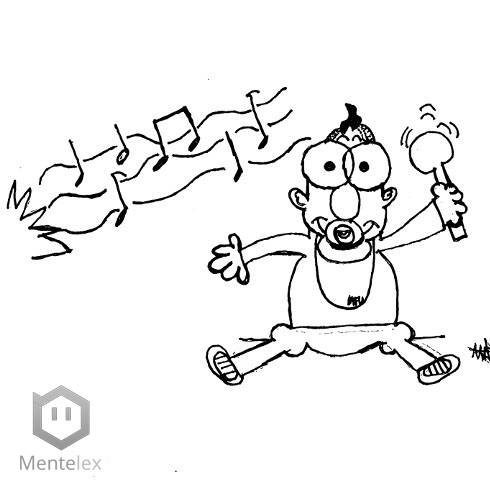
Helping toddlers to discriminate better speech sounds: tips
18 December, 2014
Uncategorized
Toddlers are good discriminating speech sounds. Attention to speech sounds is one of the factors that help the development of speech perception during the first year of life. Therefore sound discrimination can be improved by being exposed to different and varied speech sounds.
What science teaches us
- Babies 6 to 8 months of age can take advantage of a general learning mechanism domain, stochastic learning, to facilitate the acquisition of a specific system within the domain of language learning.
- Babies are able to use the voice information to detect the structure and phonetic category. They learn to speak by listening to her mom and dad.
- One year old toddlers already have the same pattern of sound discrimination than adults (Werker, 1984). From the year, infants no longer discriminate phonemes from another language equally well.
- At 6 months, the perception of vowel sounds is affected by the phonetic distribution of the mother tongue, so vowels that are the prototype in the native language, suffer an strong perceptual rise (Kuhl et al. 1992).
- Animals use the distribution information to define discriminating phonetic categories (Kluender, Lotto, Holt and Bloedel, 1998).
- Sensitivity to probabilistic patterns in the input is not restricted to childhood, but contribute to lifelong learning (Mate, 2000).
How to help your baby to discriminate sounds
Identify sounds with the eyes closed
- Play identify animal sounds, cars, sirens.
- Play with the sounds of different musical instruments.
- Play to identify family members by his voice.
Singing Songs
- Singing songs that contain pairs of phonemes difficult to pronounce.
Try with this one!
Play with the phonemes
- Play to change some letters by others.
- Play with wooden cubes that have the alphabet.
- Play with different sounds to produce onomatopoeia: pata-pum!!
Read to them twenty minutes before going to bed
- Albeit an old resource…. it is useful!!!
References:
Related articles
- Differences in Mismatch Responses to Vowels and Musical Intervals: MEG Evidence (plosone.org)
- Vowel Sounds (dianajaramilloblog.wordpress.com)
- Natural Phonology by Hussain H Mayuuf/2013 (slideshare.net)
Websites of interest

